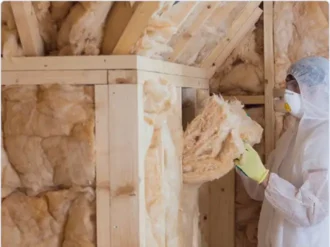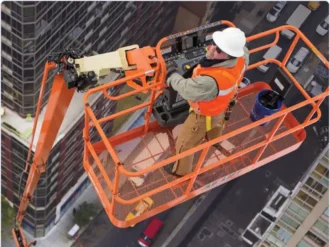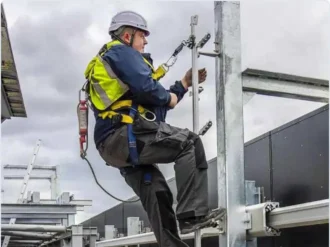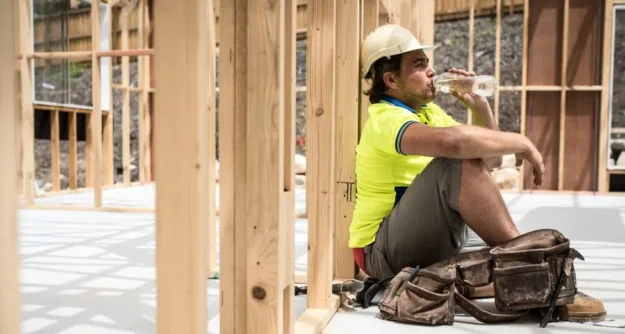Introduction
In construction, structural features such as girders, beams, columns, and decking must be installed in order to properly distribute the weight of a building. Some of these features – such as various types of beams – must be installed at considerable heights, which can put workers at risk, especially if they have not received sufficient safety training.
Potential Hazards
The most common risks that construction workers face during the installation of structural features are:
-
Accidental Falls.
Beams and girders are often positioned at heights above 3 meters (10 feet) with the help of aerial lifts and other vehicles. As such, the most common cause of injury associated with their installation consists of accidental falls that can prove to be fatal. Even in the case of same-level falls, the resulting trauma can be debilitating. It is therefore imperative that workers who are frequently required to install structural features receive adequate training in fall arrest systems and personal protective equipment. -
Inhaling Asbestos.
Although asbestos-containing materials are not considered to be harmful, they can pose a significant health risk when they are broken, drilled through, or crumbled. The latter occurs frequently on construction sites, where the air can become polluted with asbestos fibers at any time. Workers who install structural features carry out this task in the same environment and must, therefore, be prepared to deal with asbestos contamination. -
Inhaling Asbestos.
Although asbestos-containing materials are not considered to be harmful, they can pose a significant health risk when they are broken, drilled through, or crumbled. The latter occurs frequently on construction sites, where the air can become polluted with asbestos fibers at any time. Workers who install structural features carry out this task in the same environment and must therefore be prepared to deal with asbestos contamination. -
High Levels of Noise.
Construction sites are very noisy and prolonged exposure to such high levels of noise can lead to hearing loss and other conditions. Furthermore, workers may be unable to hear alarms, warnings, or verbal instructions while performing dangerous tasks, which can ultimately lead to serious injury. -
Injury from Handling Materials
Employees tasked with the installation of structural features are often required to lift and move heavy materials. When this is done repeatedly throughout the day, the strain on workers’ bodies can lead to muscle injuries, torn ligaments, and damaged discs in the lower back.
Incident Prevention
To reduce the frequency of incidents during structural features installation, the most important step is to ensure the necessary safety training for all construction workers on site. In addition, there are a number of design and safety measures that can be implemented for the same purposes.
For example, personal protective gear for workers’ heads, as well as upper and lower bodies must be available at all times. Such equipment can minimize the injuries resulting from falls and accidental collisions with materials or on-site vehicles. PPE is also necessary to prevent health conditions resulting from high levels of noise and to avoid asbestos and H2S contamination.
While special vacuum lifts can be implemented in order to relieve some of the stress on the workers’ bodies, it is just as important that all employees are trained in the proper use of these machines in order to avoid accidents. Finally, quiet pumps, compressors, and generators can replace their noisier counterparts to create a more adequate work environment.
Recommended Safety Courses



What You Can Do to Stay Safe
As a construction worker who is frequently tasked with the installation of structural features in buildings, you must understand the potential hazards associated with your work environment and prepare yourself accordingly. The most effective measure you can take to ensure your safety and that of your colleagues is to receive proper training and implement what you learn in your daily routine.
To consult a complete list of safety courses recommended for you, please visit our construction industry page and select your specific job.

